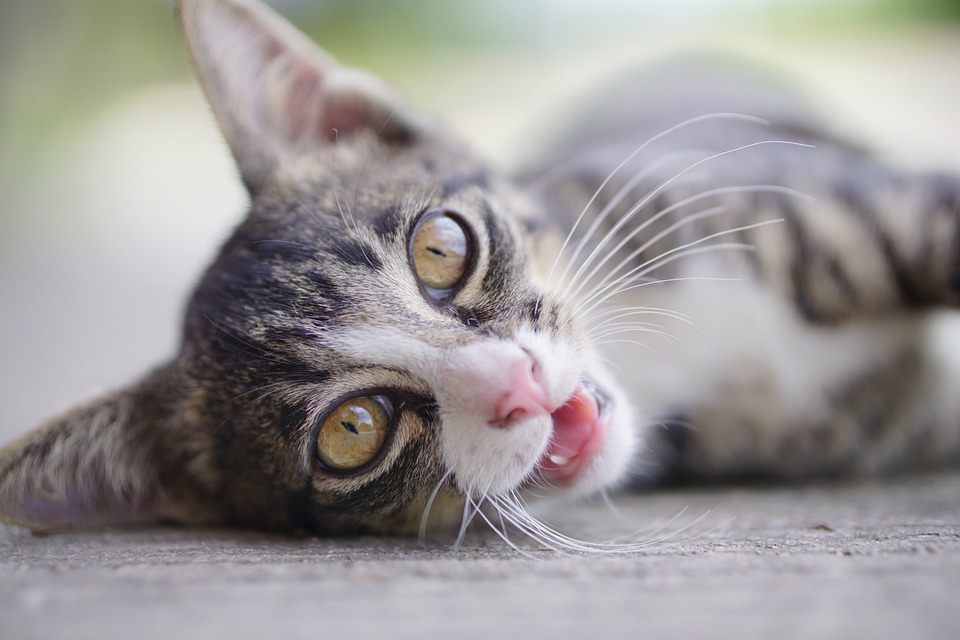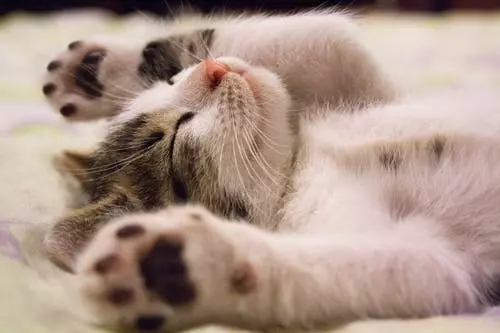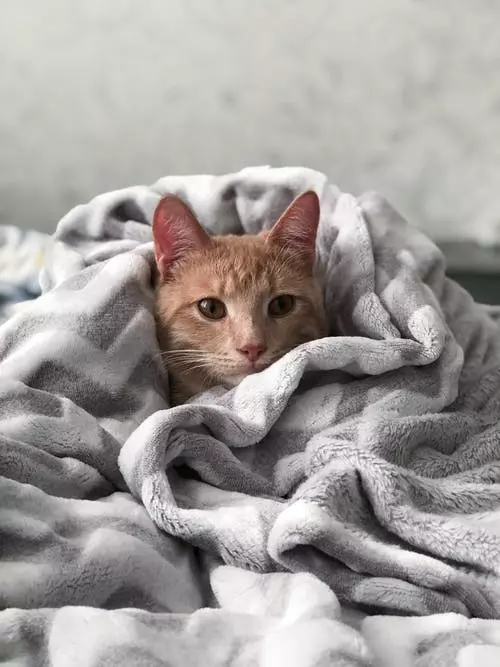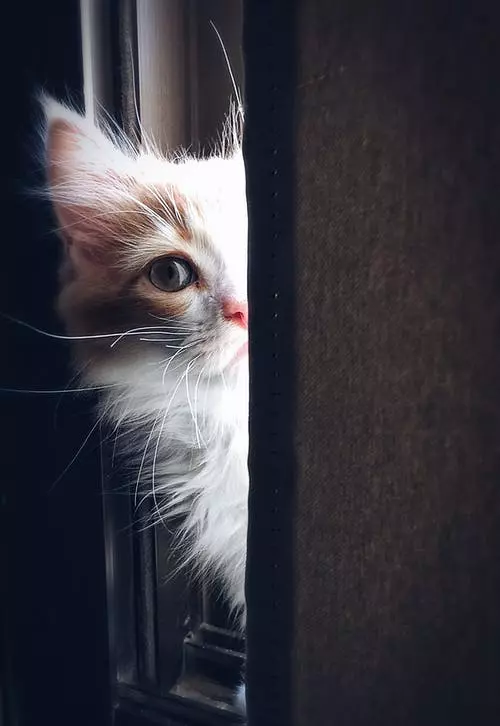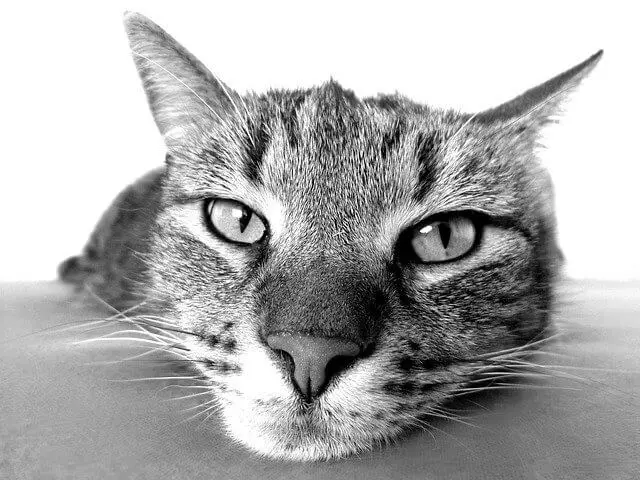Cats are natural hunters, and their predatory instincts are deeply ingrained. Even in domestic settings where they don’t need to hunt for survival, cats still exhibit these behaviors. One common predatory behavior seen in cats is tail chasing. Although it may seem harmless or even cute, it is important for cat owners to understand the underlying reasons behind this behavior and how to address it appropriately.
There are several reasons why cats engage in tail chasing. One reason is their prey drive. Just like they would chase a moving toy or a small animal in the wild, cats may see their own tail as a potential target. This behavior is triggered by their natural instincts to pursue and capture prey.
Another reason for tail chasing is boredom or lack of stimulation. Cats, especially those kept indoors, need mental and physical stimulation to stay content. Tail chasing can be a sign that they are not getting enough engaging activities in their environment. Providing ample playtime and interactive toys that mimic prey can help redirect their hunting instincts and tire them out, reducing the likelihood of tail chasing.
Tail chasing can also be a response to anxiety or stress. Some cats may engage in this behavior as a coping mechanism to release pent-up emotions. Creating an enriched environment with scratching posts, climbing trees, and puzzle toys can offer mental stimulation and outlets for their natural instincts, decreasing the chances of tail chasing. Additionally, establishing a routine for feeding, playtime, and social interaction can help alleviate stress and boredom, reducing the occurrence of tail chasing.
If a cat is alone for extended periods, introducing another compatible cat or pet can provide companionship and alleviate boredom. Feline companionship can help keep cats engaged and reduce the likelihood of tail chasing.
If tail chasing persists despite efforts to address it, it is advisable to consult with a veterinarian. They can rule out any underlying medical conditions that may be contributing to the behavior and provide additional guidance.
Some frequently asked questions about tail chasing include whether it is always a cause for concern. While occasional tail chasing may be part of play, persistent or obsessive tail chasing should be addressed. Excessive or compulsive chasing can lead to hair loss, skin irritation, or self-injury, so it is important to monitor the behavior and take action if necessary.
Any cat, regardless of breed, can engage in tail chasing. There is no specific breed more prone to this behavior.
Punishment is not recommended for tail chasing or any other behavior. Punishment can create fear and anxiety in cats. Instead, focus on redirection, environmental enrichment, and positive reinforcement when your cat engages in appropriate behaviors.
While complete elimination of tail chasing may not always be possible, with proper management and environmental enrichment, the frequency and intensity of the behavior can be significantly reduced. Understanding and addressing tail chasing as a predatory behavior is essential for the overall well-being of cats. By providing appropriate outlets for their natural instincts, cat owners can help their feline friends lead happier and healthier lives.

